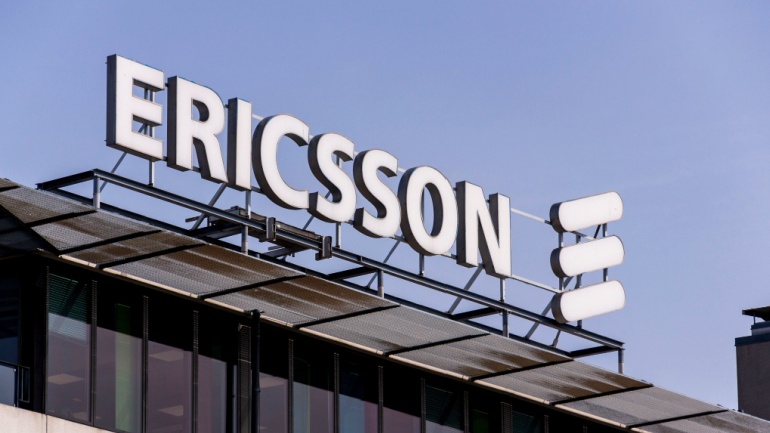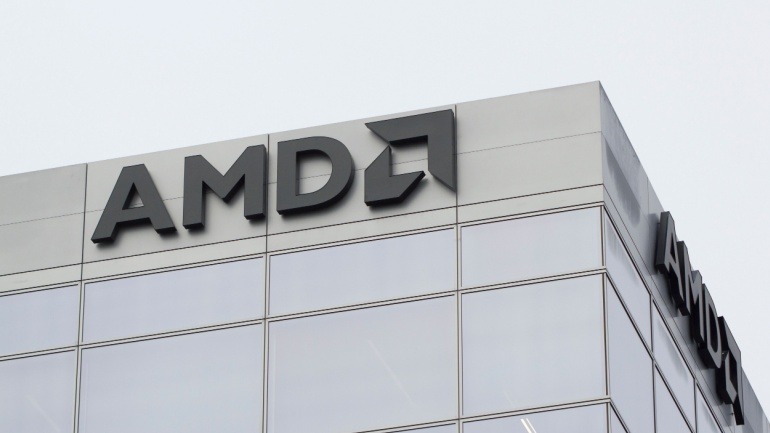In an ambitious move to counteract the issue of network congestion within city environments, UK mobile operator Three has initiated a pioneering project in Glasgow, employing the advanced technology of Mavenir. The initiative focuses on the strategic placement of small cell units across the city to enhance urban connectivity, particularly in areas where 5G coverage is inconsistent.
During a presentation held at the Glasgow City Chambers, Three UK’s Chief Network Officer, Iain Milligan, highlighted the inconsistent 5G reception across different parts of Glasgow, with some areas enjoying exceptional service and others facing a complete lack. The deployment of small cells, which cost significantly less than traditional macro sites, was proposed as a cost-effective and highly targeted solution to this problem. Although not a replacement for macro sites, these small cells are seen as an interim measure to bolster network capacity and coverage.
The project commenced with the installation of 20 small cells in the city’s center, aiming to significantly improve the network’s performance, with plans to expand to a total of 51 units. The initiative was further discussed in terms of its contribution to Glasgow’s ambition to become a leading center for IoT innovation, touching upon the broader implications for the city’s infrastructure, including the future of autonomous vehicles and drone delivery systems.
Milligan elaborated on the project’s alignment with the government’s Open Networks Initiative, emphasizing the deployment’s focus on Open RAN technology in a dense urban setting. This approach to utilizing Open RAN is relatively novel in urban contexts, as previous deployments have primarily targeted rural areas. Mavenir is at the forefront of this initiative, supplying both the hardware and software necessary for the small cells, marking a significant step towards multi-vendor, open network environments.
Despite the project’s heavy reliance on Mavenir for both equipment and software, Milligan pointed out the diverse options and flexibility offered by Mavenir’s approach, which contrasts with more traditional, single-vendor solutions. This flexibility is seen as crucial for tailoring the network to meet specific urban needs effectively.
This innovative project not only represents a significant technological advancement in addressing urban network challenges but also sets a precedent for the future of 5G deployment in cities beyond Glasgow. The focus on small cells could prove to be a game-changer in enhancing connectivity in densely populated areas, offering a quicker, cheaper, and more efficient alternative to the construction of new macro sites.







